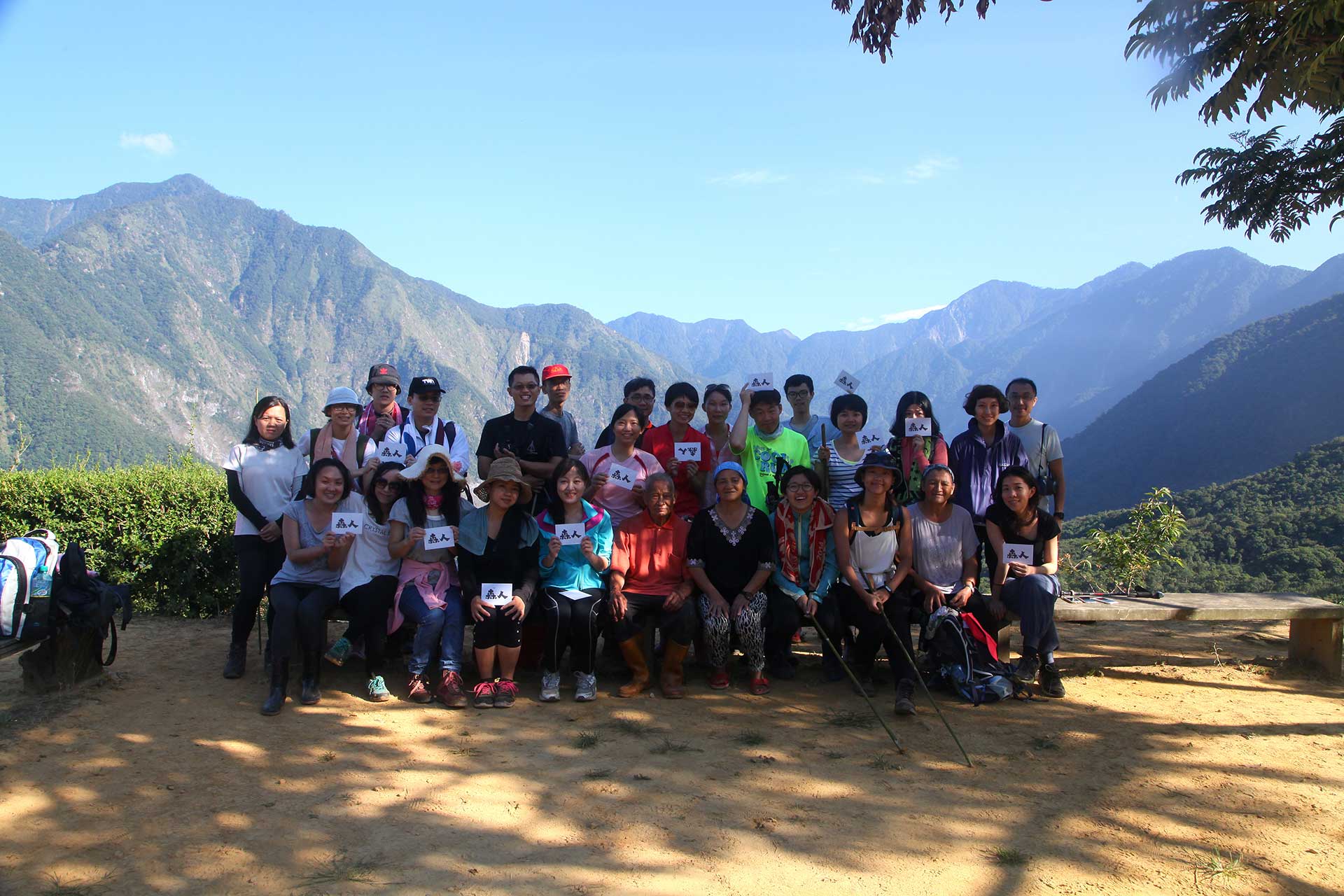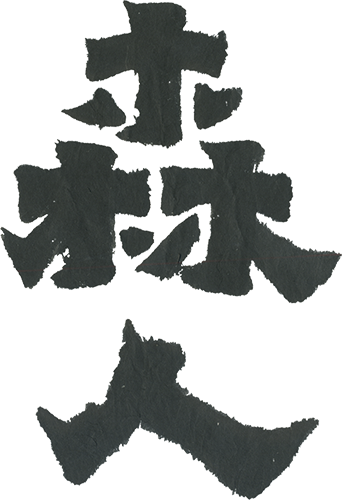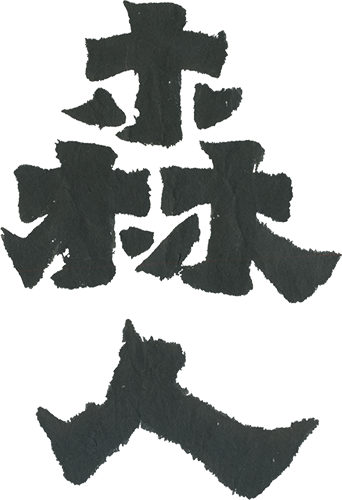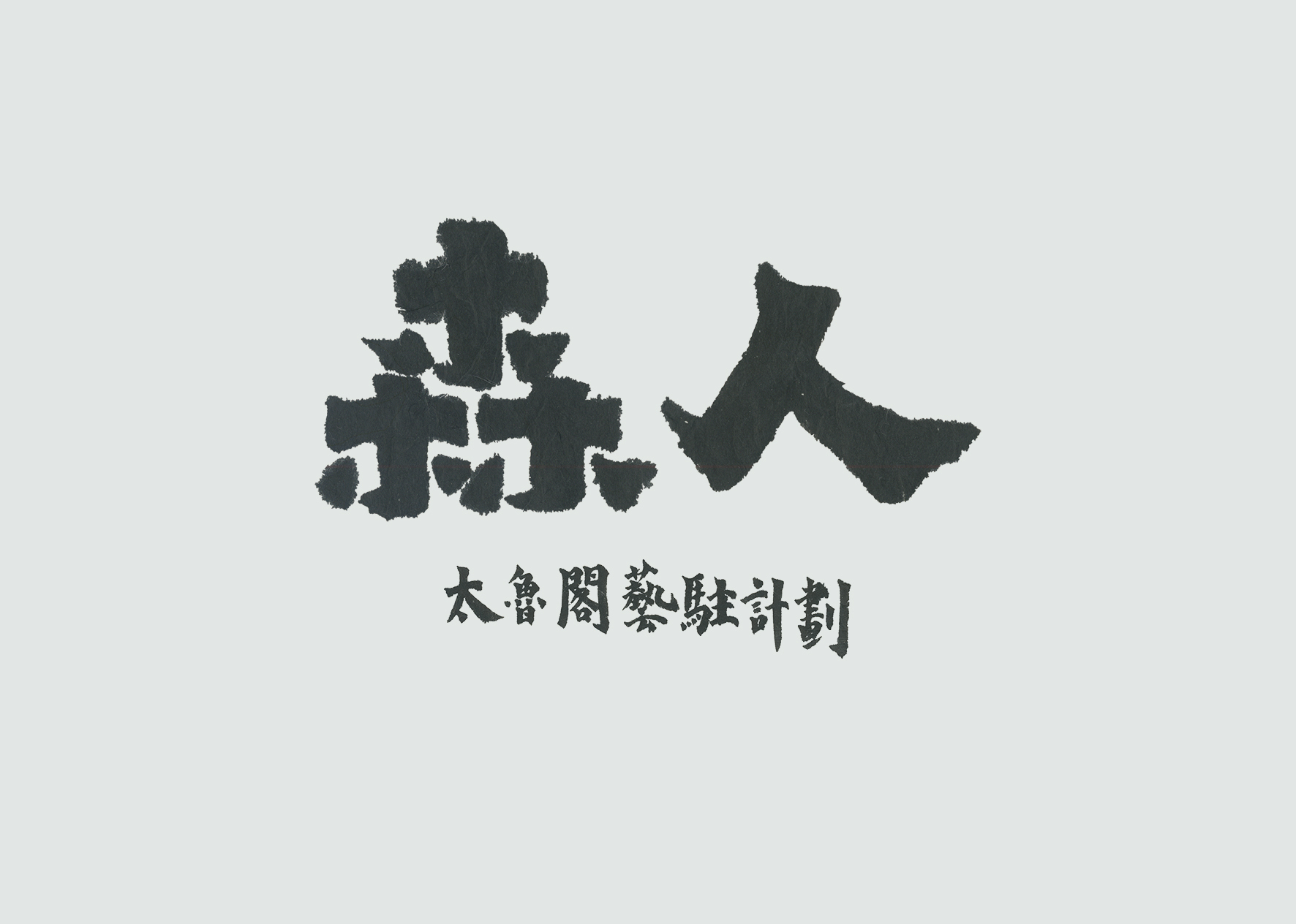Taroko Arts Residency Project
“Tree Tree Tree Person — Taroko Arts Residency(TAR) Project” considers the possibility of practicing contemporary curatorial research from a specific location in one of Taiwan’s National Parks. The project aims to define an alternative imagination of nature, and through a process of co-operation between artists, curator and local residents to redefine relationships between people, environment and artistic practices. The exhibition at TCAC brings an urban ecology into dialogue with these elements. Félix Guattari’s The Three Ecologies depicts the importance of the concept of ‘living together’. The exhibition brings the distinct sites of TCAC Taipei Contemporary Art Center and the Taroko National Park curatorial base into dialogue, displacing the artists’ projects and audience between the two spaces. During the period of the exhibition, there are four workshops (7/23, 7/24, 7/30, 7/31) and a tour (7/30-31). Anyone who is interested to travel to the curatorial base is welcome. As places are limited, please feel free for registration.
“Tree Tree Tree Person — Taroko Arts Residency Project” is the selected exhibition proposal from TCAC’s 2015 Curatorial School.
Residency Project
Garden Conservation, Candice Jee
The experience of accidentally discovering a Chinese-style garden in a former-East Berlin suburb inspired Candice Jee to begin questioning the idea of the “culturally-bound”, concerning the transportation of objects to a completely different place far from their previous environment. The project idea of “Garden Conservation” came from thinking about the notion of the conservation of nature. “Nature” can be defined as the environment that is grown by the tribe people on their private land. However, in the national park, nature has been identified as the state of the environment without any previous trace of human activities. In this project, the artist will co-operate with Masow Dumuan to establish two gardens in TCAC Taipei Contemporary Art Center and Dumuan’s house on the mountain. The plants grown in the the space of TCAC will be transported to Dumuan’s house after the period of the exhibition, and whether they will be able to continue living there will be a question of nature.
Dyes and Jesus, Jing-Yun Ou
After contact with the Rainbow House owner, Jing-Yun Ou realizes that the tribe people believe in their ancestral spirits and Jesus at the same time. Also, finding out about black bile in a tribal story, he relates this with a distant outside culture – the origins of evil. For a long period of time, tribal honour has consisted of both good and evil histories, and non-tribal cultures, simultaneously co-existing. For this reason, Jing-Yun wants to paint some stories about darkness, as seen for example in the tribal weaving and dyeing practices, diets and life experiences. The result will be a series of illustrations about the Bible, using plant juices mixed with painting material. The juice acts as the symbol for a magic powder that was found in a historical tribal war, tribal geopolitics, and the tribe’s difficulty to change their living conditions.
Ain’t that Mountain, Shao-Ying Huang
On the way back to Taipei, when Shao-Ying Huang looked at her photo album in her phone, she thought about the gap between these images and the real environment. It was difficult for her to connect her physically vivid experiences of Liwu Mountain with the photographs. She began to interrogate the way that these images are disconnected from her memory. After visiting the tribe many times, she implements the project “Ain’t that Mountain” to bring this question to the audience. She wishes to use objects from her daily life to represent her personal experiences in this project, describing the process in which she tries to imagine the nature of the mountain. In the end, it could be the most faithful way to approach Liwu Mountain and to represent the tribe. Recreating the image of nature from her experiences with the tribe could represent the real nature that she remembered.
The Pace of Civilization, Feng-Tsung Chan
How does human civilisation perceive nature? Do all interactions between humans and nature serve to narrow the distance between us? Visiting Liwu Mountain many times, Feng-Tsung Chan is always affected by the diverse and beautiful views that he sees there. Hearing the tribe people’s stories, he wishes to create a project which he will present within that environment, to question the human activity that takes place within the national park. In the beginning, he felt it was difficult to come up with a proposal for this project, especially when he had only a minimal number of living experiences with the tribe. Regarding this point, he realised that urban culture not only impacts nature in sudden encounters, but also influences the tribe gradually. Subsequently, his artistic project will encounter people unexpectedly in the natural environment, and is named “The Pace of Civilization”.
Monument, Cheng-Te Chin
The idea of this project comes from the question of ethnic equality in Cheng-Te Chin’s previous hiking experiences. He still remembers the summer of 2015, when he took the Zhuilu Old Road, in awe of the natural landscape of Taroko Gorge. At that time, he noticed the monuments commemorating the leader of the Japanese army there, and realized that the narrative of history is always made by those in power. He began to question his agency or ignorance when confronting this condition, and the choices he had surrounding its change. In raising the project of the monument, Cheng-Te tries to reveal these questions publicly, shedding light on the fragments of historical events that people forget.
Untitled as Nature, Tomoya Akamine
Expected to respond to the Greek word ” life (Bio-) ” by way of painting. Screen story is portrayed from Tomoya Akamine’s childhood memories in Japan’s Okinawa Prefecture Uruma. The nature is filled with the dense forest, familiar but now defunct nature of stable growth recent. Such pigments and natural appearance through the narrative screen provide not only natural scenery, but a language that can be drawn beyond the supernatural-depicting another kind of natural appearance.
About the Resident Researchers
Candice Jee
Candice Jee’s practice concerns dialogues around trans-culturalism and its related actions, attempting to expose hidden histories, repressed memories, the connection of space with identity, and the amorphous relation between the individual and the state. She currently is thinking about how to apply the idea of the Chinese garden as an artistic form in order to open communication between different histories and cultures, untangling and entangling what constitutes notions of culture and cultural belonging.
Jing-Yun Ou
Jing-Yun Ou applies painting as his main creative form. He often draws on mythical narratives of loss, joy, the sensual and the universe as his creative resource. These serve as creative methodologies through which he produces violent content, extending these notions into the medium of painting and the creation of sensory visual works. In his work can be perceived representations of war, pleasure, religion and the mania of the human condition, with some aphrodisiac and intent to influence the viewer to think about the meaning of shame and notions of evil.
Shao-Ying Huang
Shao-Ying Huang’s work involves her creative response to personal experiences. She frequently enacts the method of watching the bodies of others, which initiates her thoughts upon living conditions. Moreover, the visitors are forced to consider how the human being prepares themselves in order to live in our society. For example, people habitually change their appearance and intentions to comply with social expectations. After extended artistic research, through spatial creative practice, she often applies a variety of different ways to respond to what she sees behind the physical body, meanwhile looking for another kind of possible shape – the original appearance.
Feng-Tsung Chan
Feng-Tsung Chan develops his artistic concerns upon the long-term relation between nature and human civilization. In particular, his artistic works of sculpture and installation come together to form a “material party” – an assembly of found objects, the ready-made and natural materials. Through this, he uses intuitive means to explore the human desires that operate within the material flow of energy and the life cycle. In the reception of his work, he wishes that his viewers engage in a slow process of contemplation, establishing a private relationship between the individual and the physical. This reflects the mainstream values in our world of capital and endless development. Ultimately, the work provides a chance for us to become aware of our habitual reactions, triggering a game with our thoughts, and a willingness for their renewal.
Cheng-Te Chin
Friends call him “A-de”, and he was also a key figure in the historical event of the Department of Fine Art in the Chinese Culture University. During this period, he and his classmates established the studio “Grass Arts Academy”. The studio at present continues their practice of producing postcards, printed with traditional images found within Taiwan’s historical documents. Apart from his collection of Taiwan’s historical documentation, he also developed his artistic methodology through geographical fieldwork techniques. Though the performance of erecting stones in the field, his artistic project reveals important elements of historical events that Taiwanese people tend to ignore.
Tomoya Akamine
The main themes that appear in Tomoya Akamine’s work consist of ‘Okinawa,’ ‘dancing people,’ ‘energy,’ ‘life,’ and ‘vitality’. His artwork expresses present-day life in Okinawa. Okinawa is his hometown, and it is located in one of Japan’s southern prefectures. It consists of hundreds of the Ryukyu Islands. Moreover, Okinawa is said to have the most beautiful beaches in all of Japan, and It is surrounded by nature. The living experiences in Okinawa gives him the most idea for his creative works.
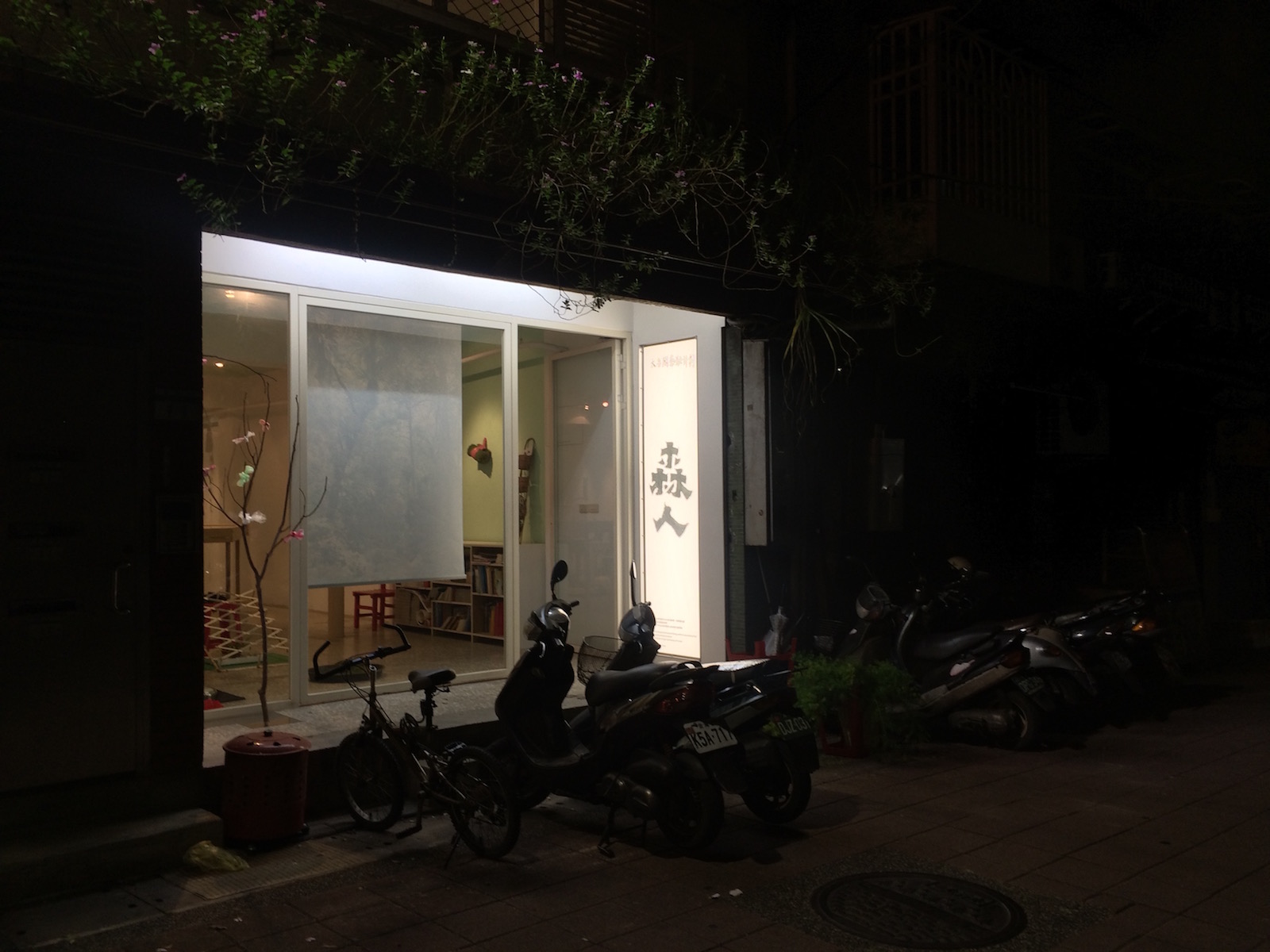
Tree Tree Tree Person – Taroko Arts Residency Project
Tree Tree Tree Person – Taroko Arts Residency Project
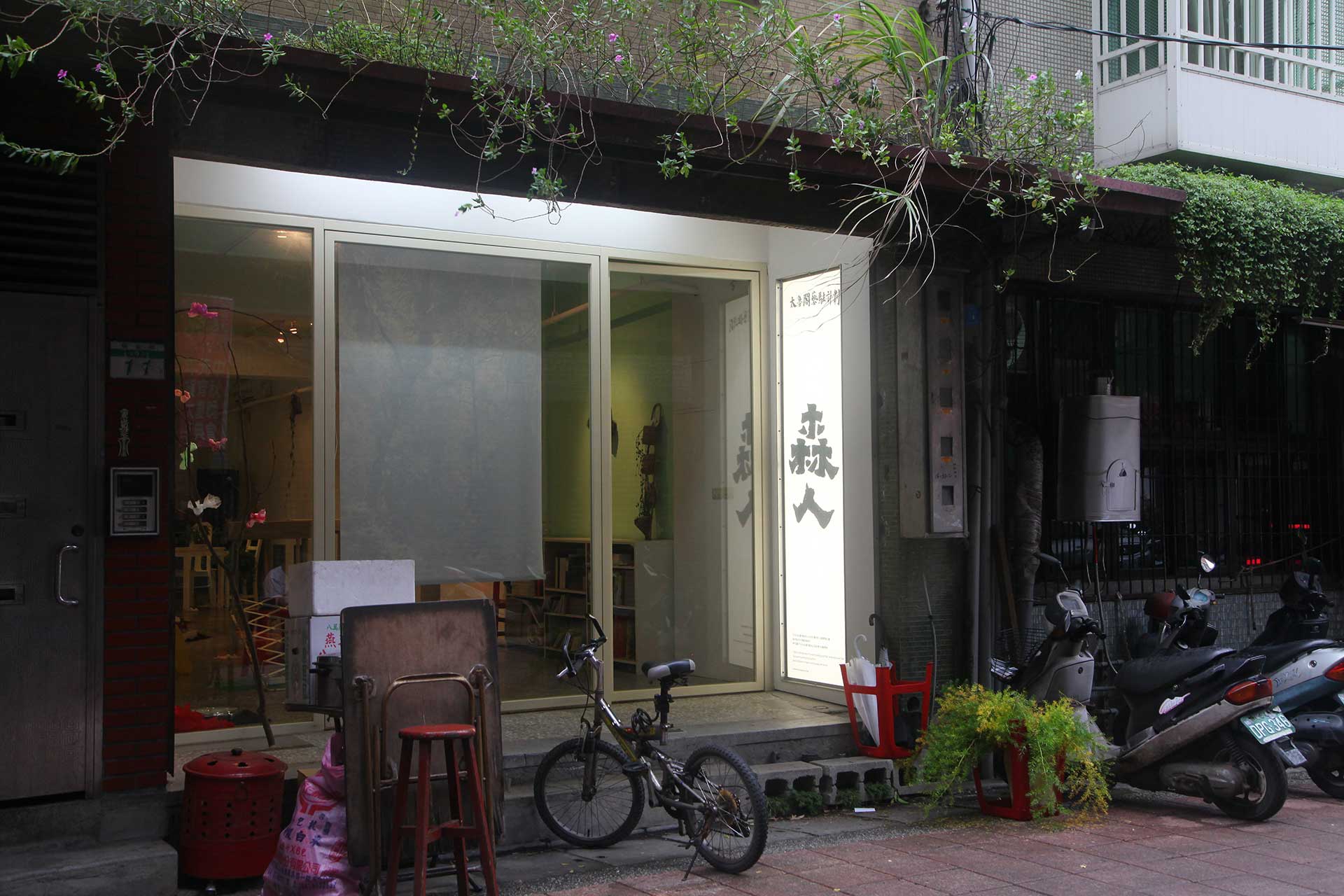
Tree Tree Tree Person – Taroko Arts Residency Project
Tree Tree Tree Person – Taroko Arts Residency Project
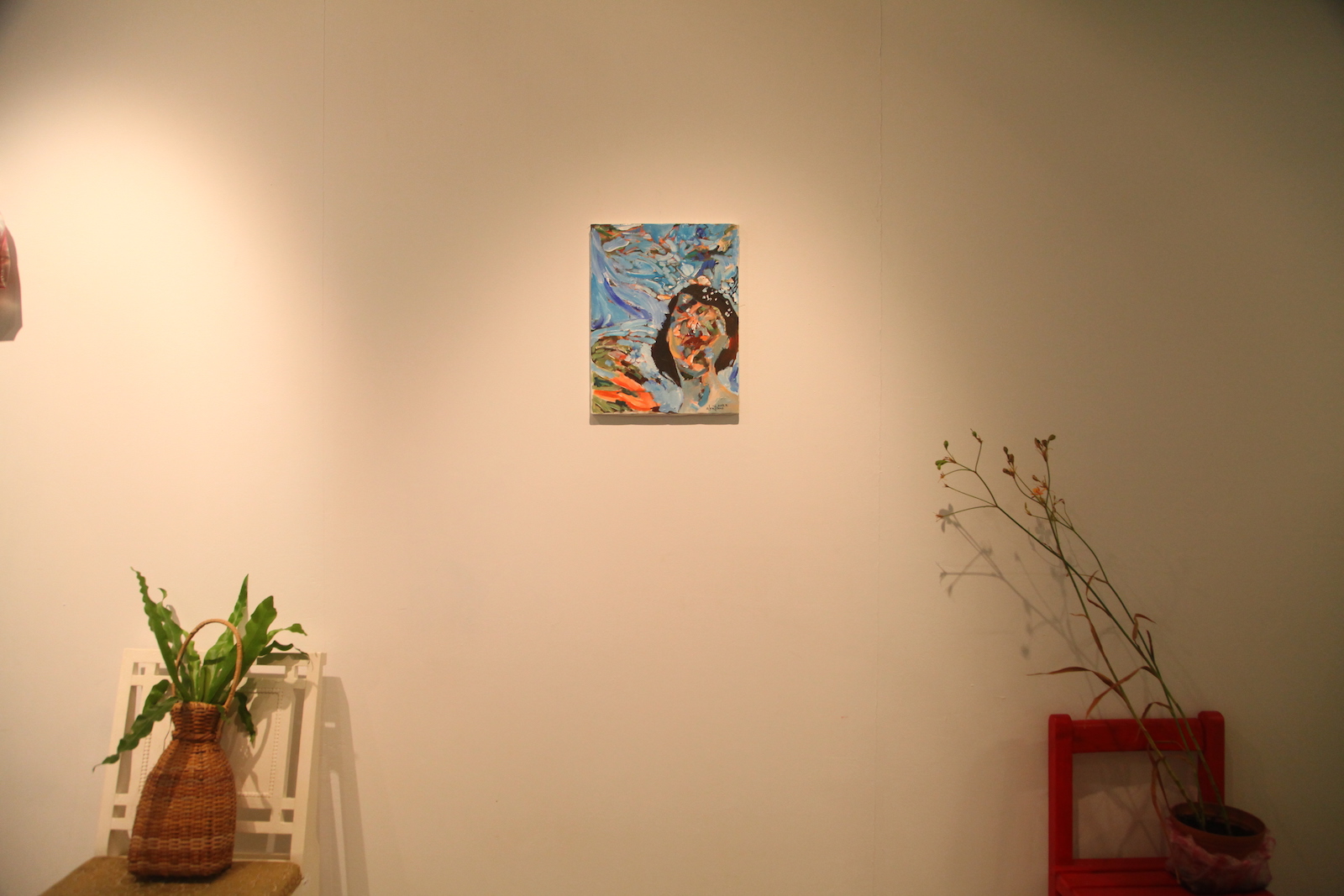
Untitled as Nature, Tomoya Akamine
Untitled as Nature, Tomoya Akamine
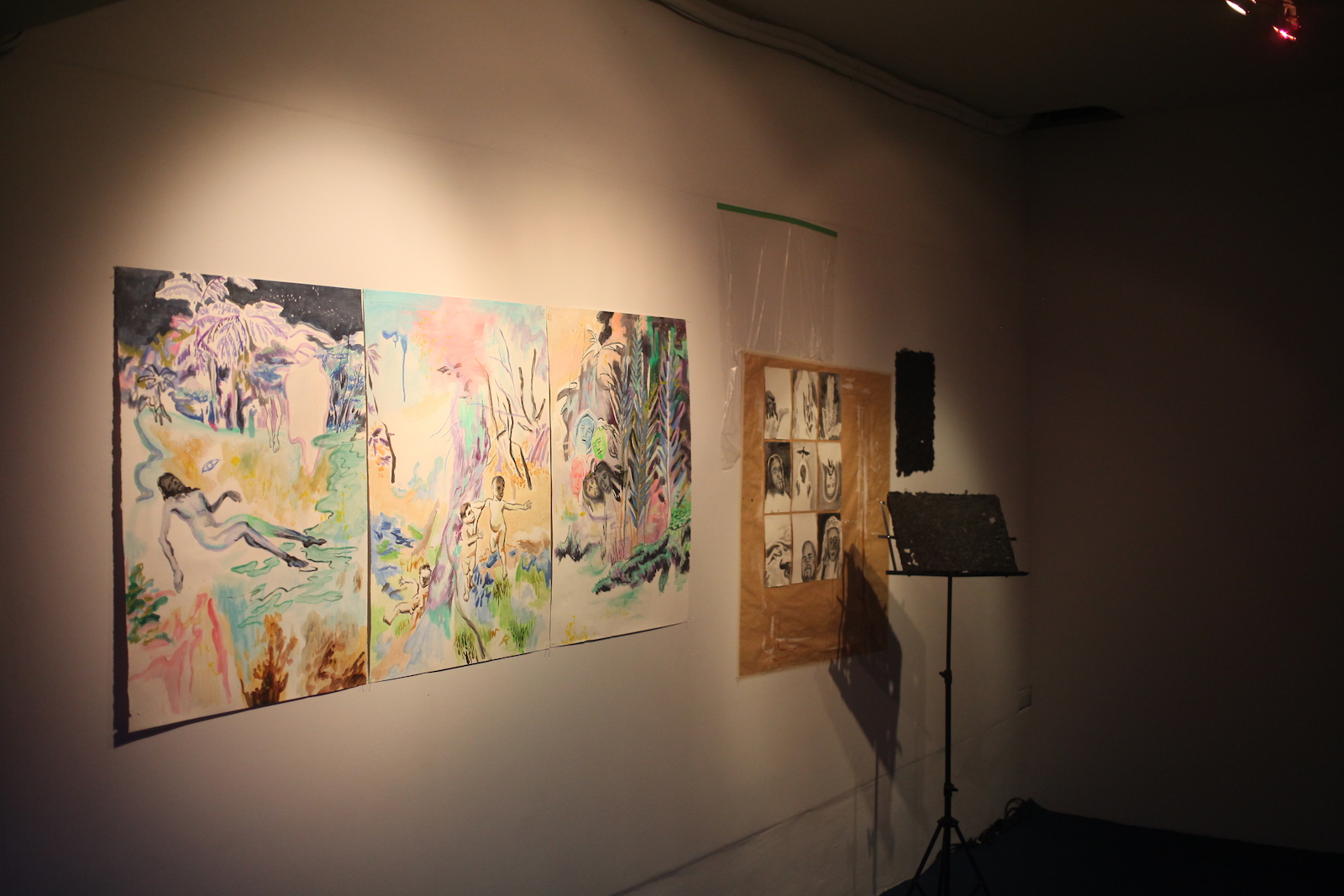
Dyes and Jesus, Jing-Yun Ou
Dyes and Jesus, Jing-Yun Ou
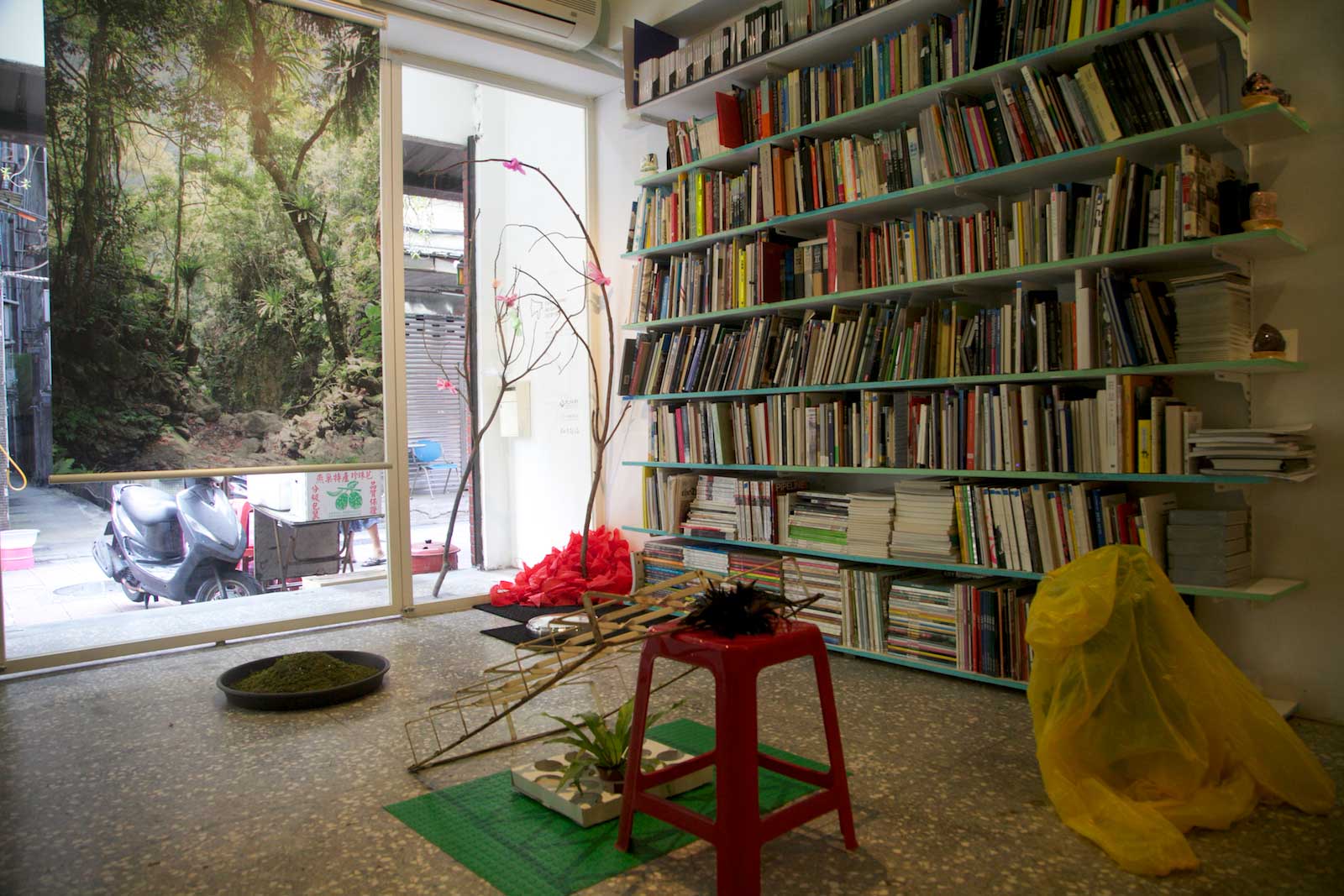
Ain’t that Mountain, Shao-Ying Huang
Ain’t that Mountain, Shao-Ying Huang
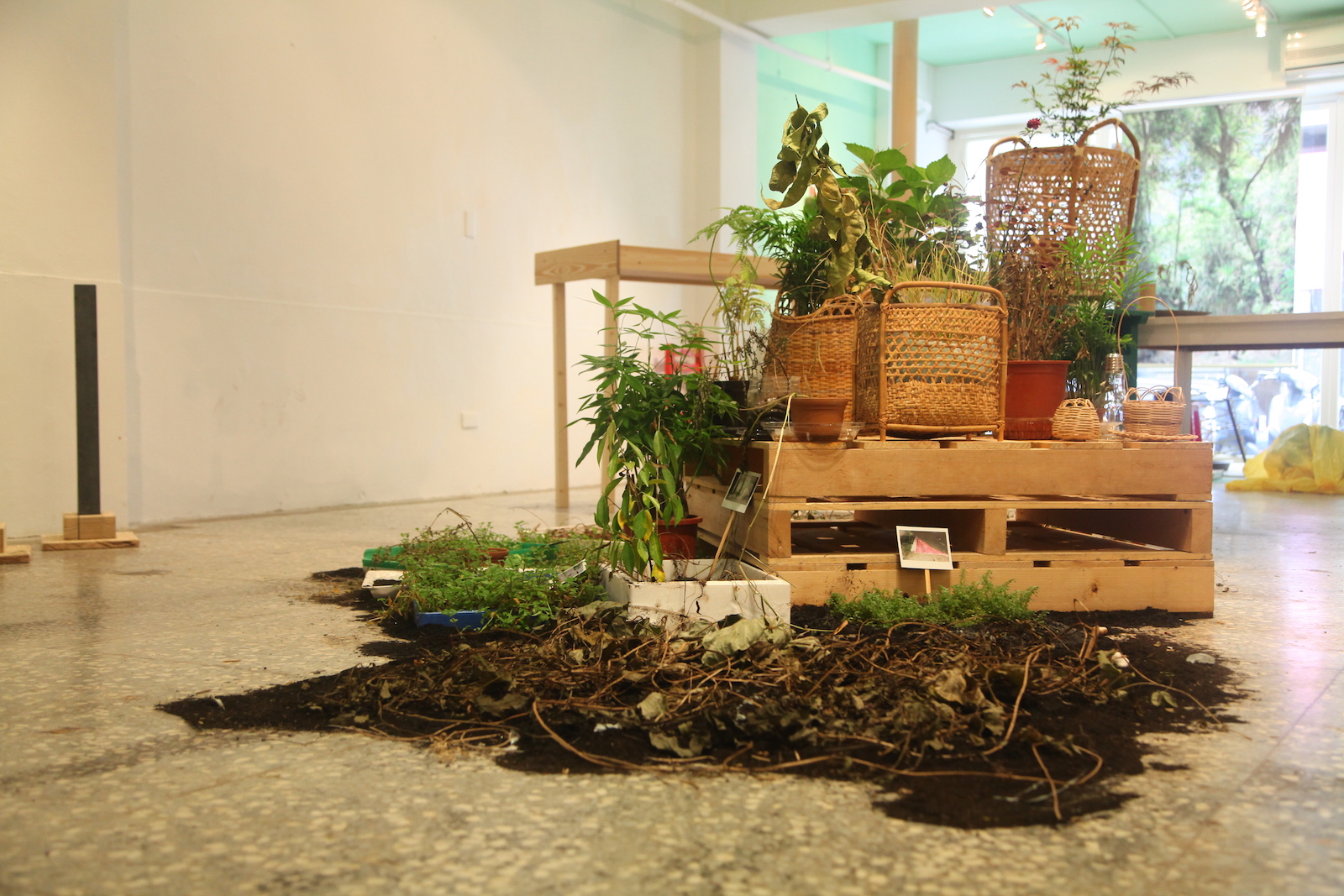
Garden Conservation, Candice Jee
Garden Conservation, Candice Jee
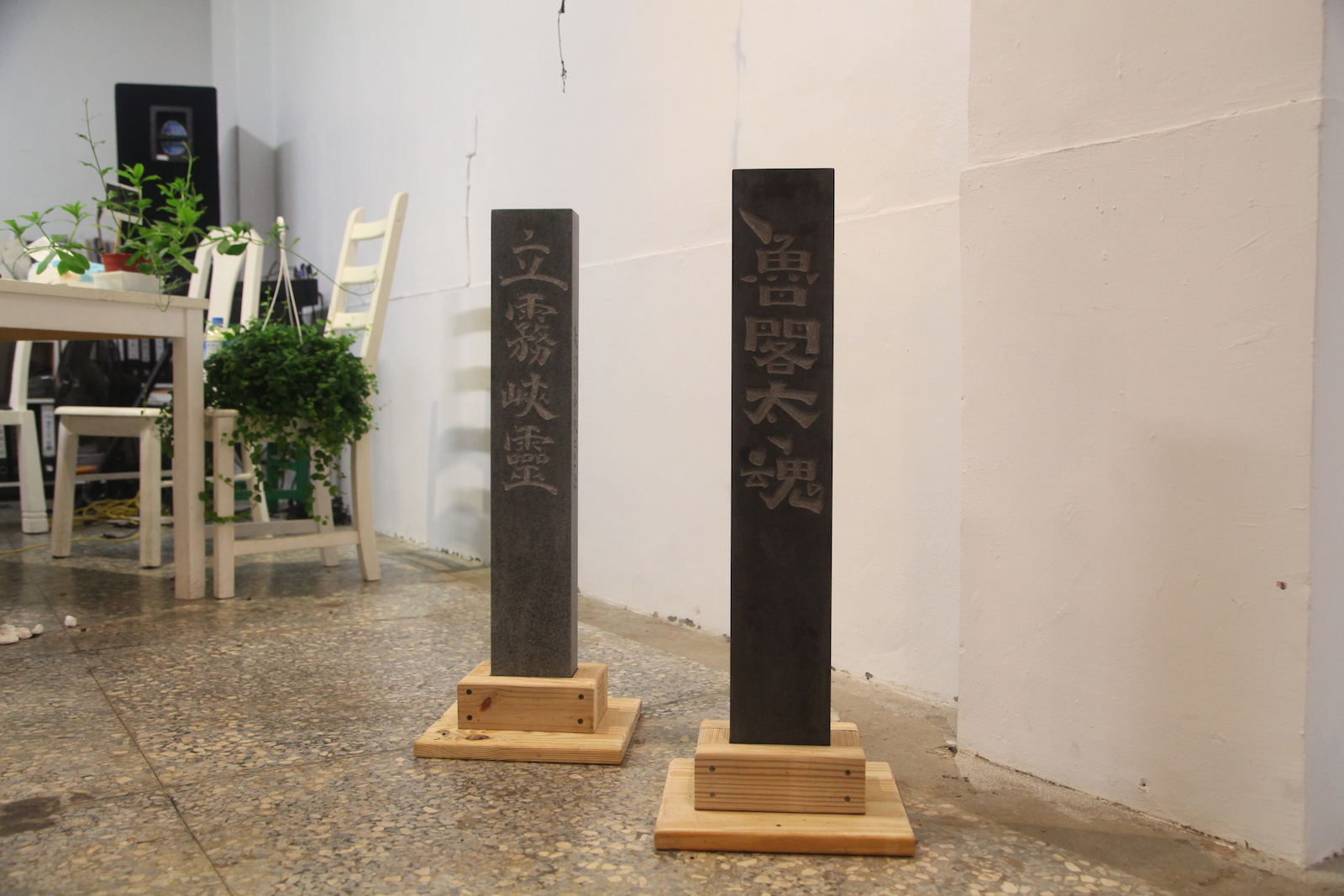
Monument, Cheng-Te Chin
Monument, Cheng-Te Chin
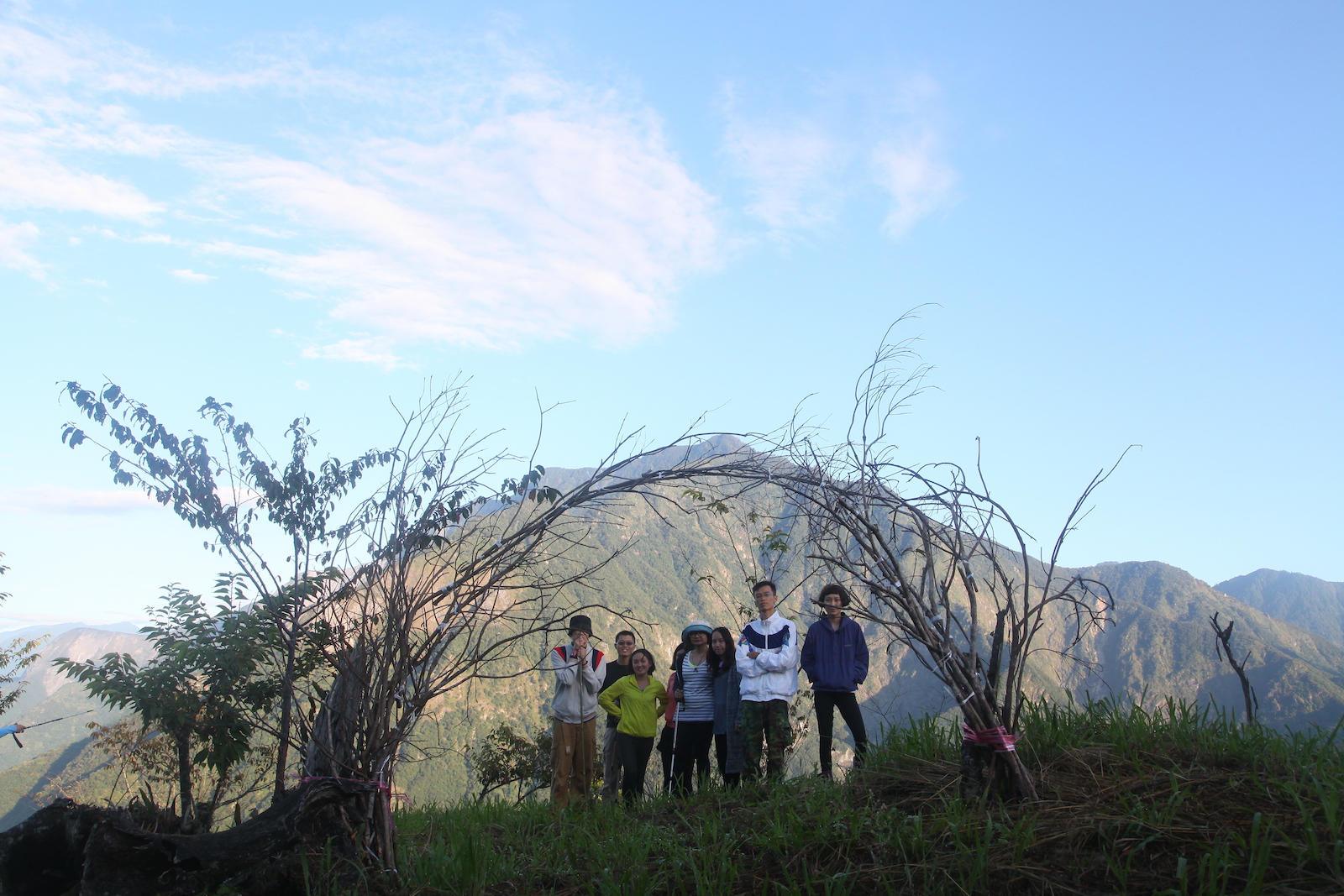
Ain’t that Mountain, Shao-Ying Huang
Ain’t that Mountain, Shao-Ying Huang
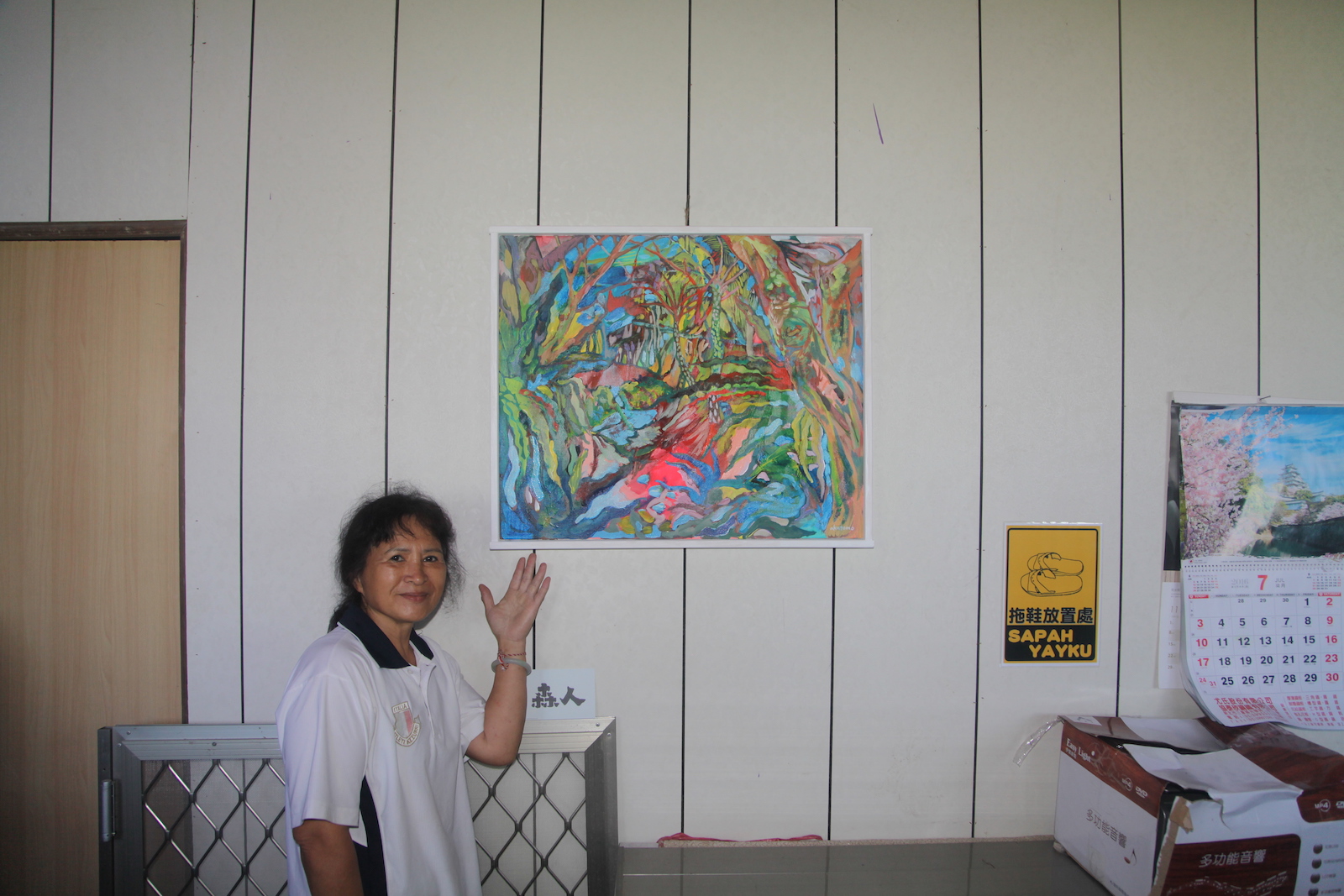
Untitled as Nature, Tomoya Akamine
Untitled as Nature, Tomoya Akamine
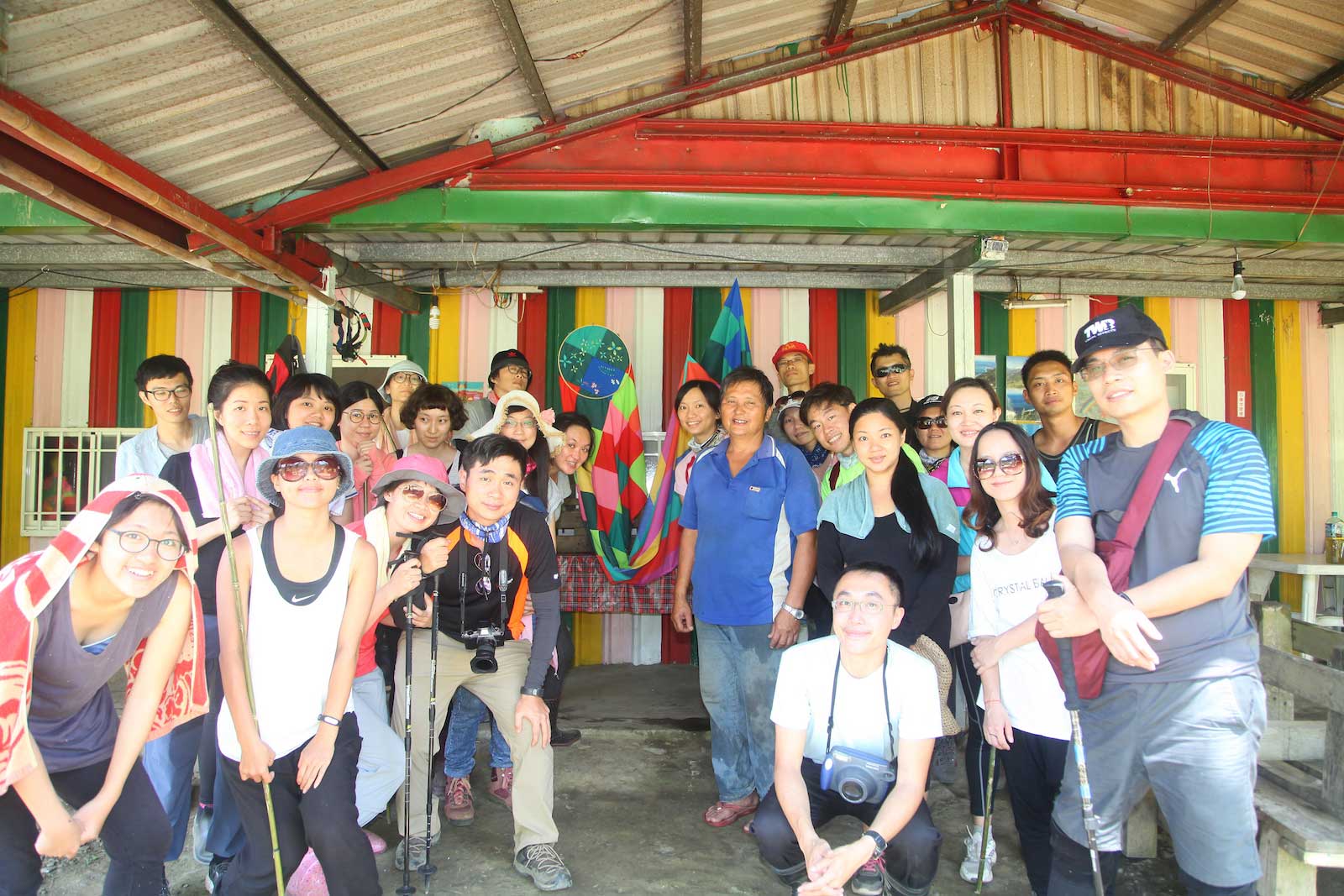
Dyes and Jesus, Jing-Yun Ou
Dyes and Jesus, Jing-Yun Ou
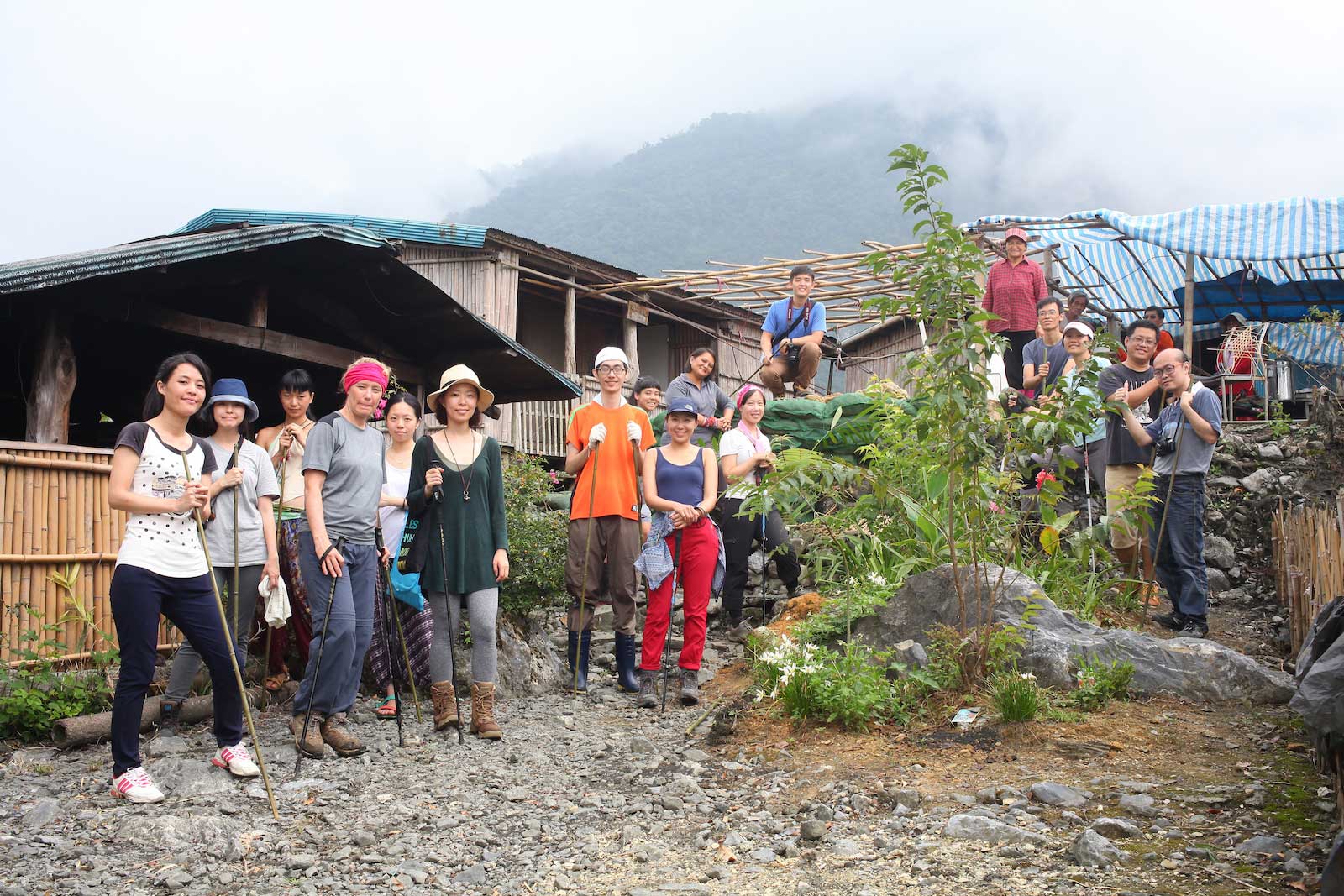
Garden Conservation, Candice Jee
Garden Conservation, Candice Jee
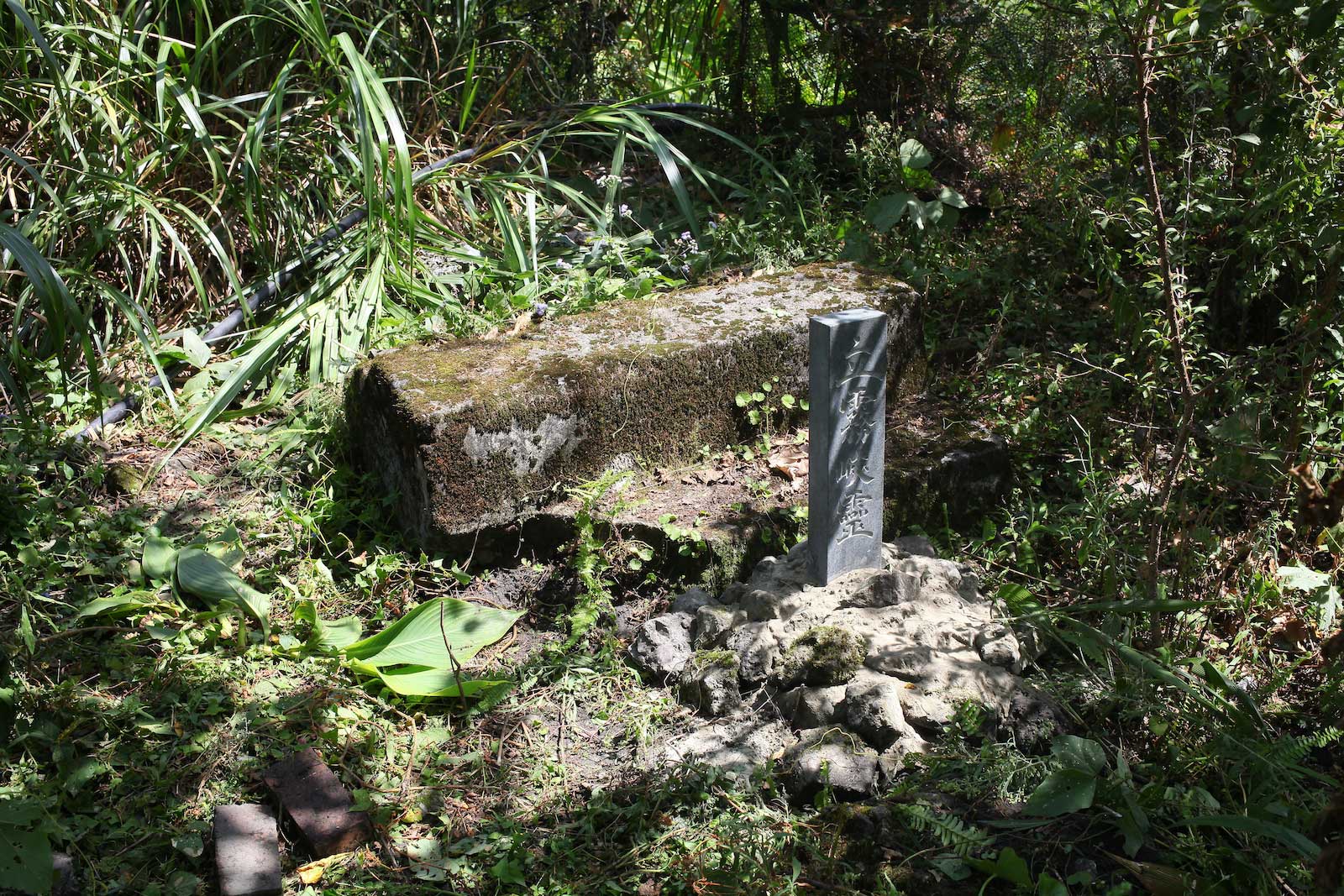
Monument, Cheng-Te Chin
Monument, Cheng-Te Chin
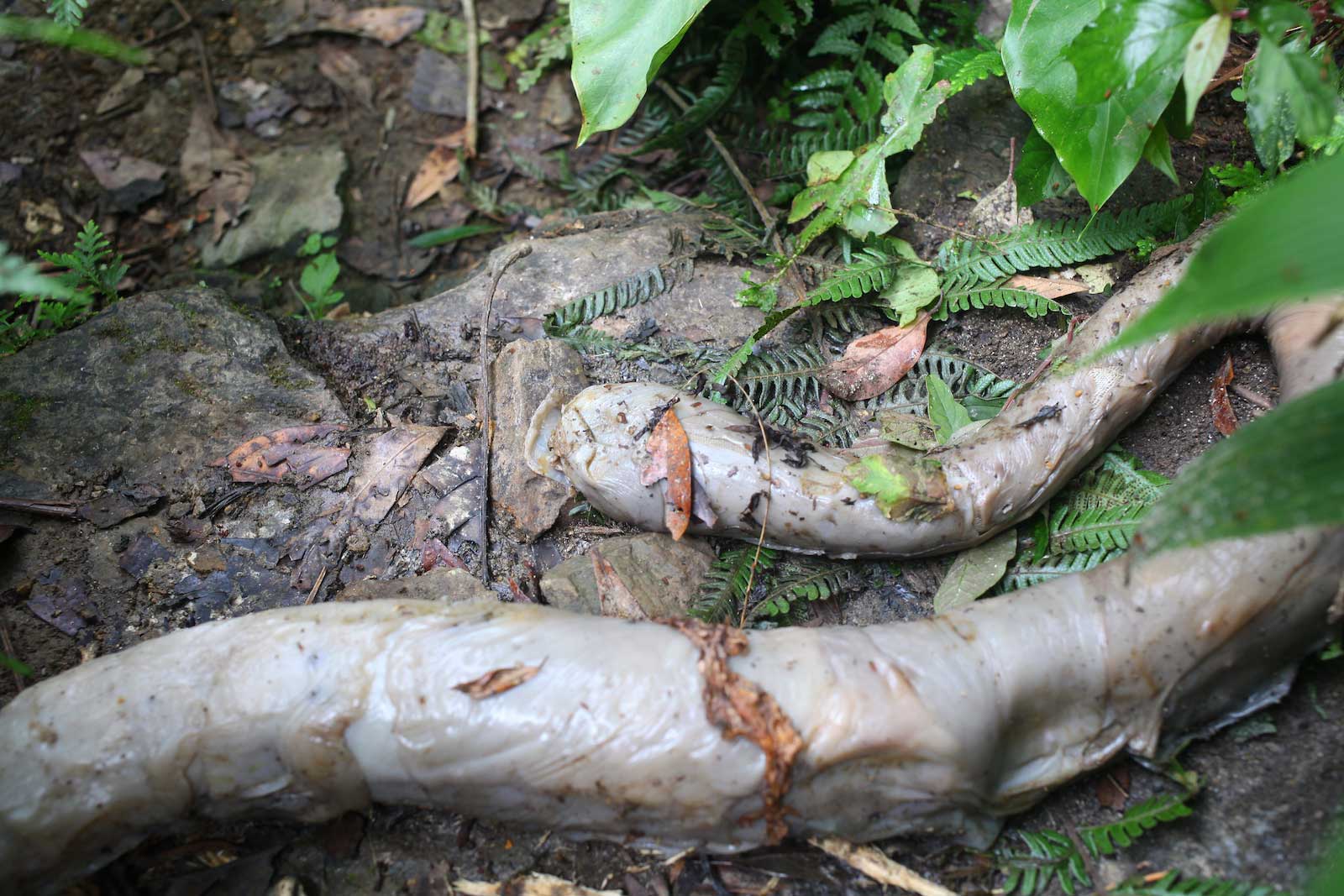
The Pace of Civilization, Feng-Tsung Chan
The Pace of Civilization, Feng-Tsung Chan
